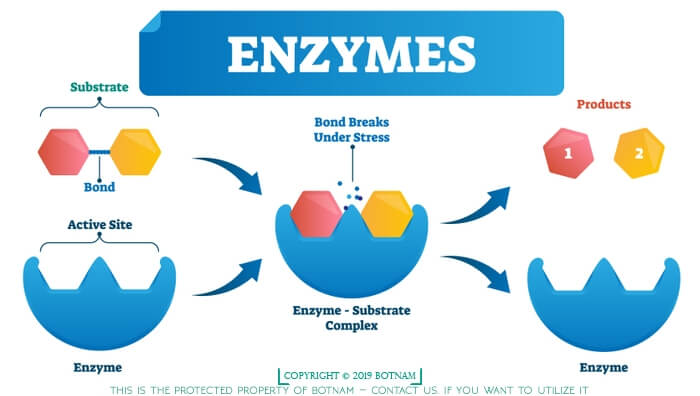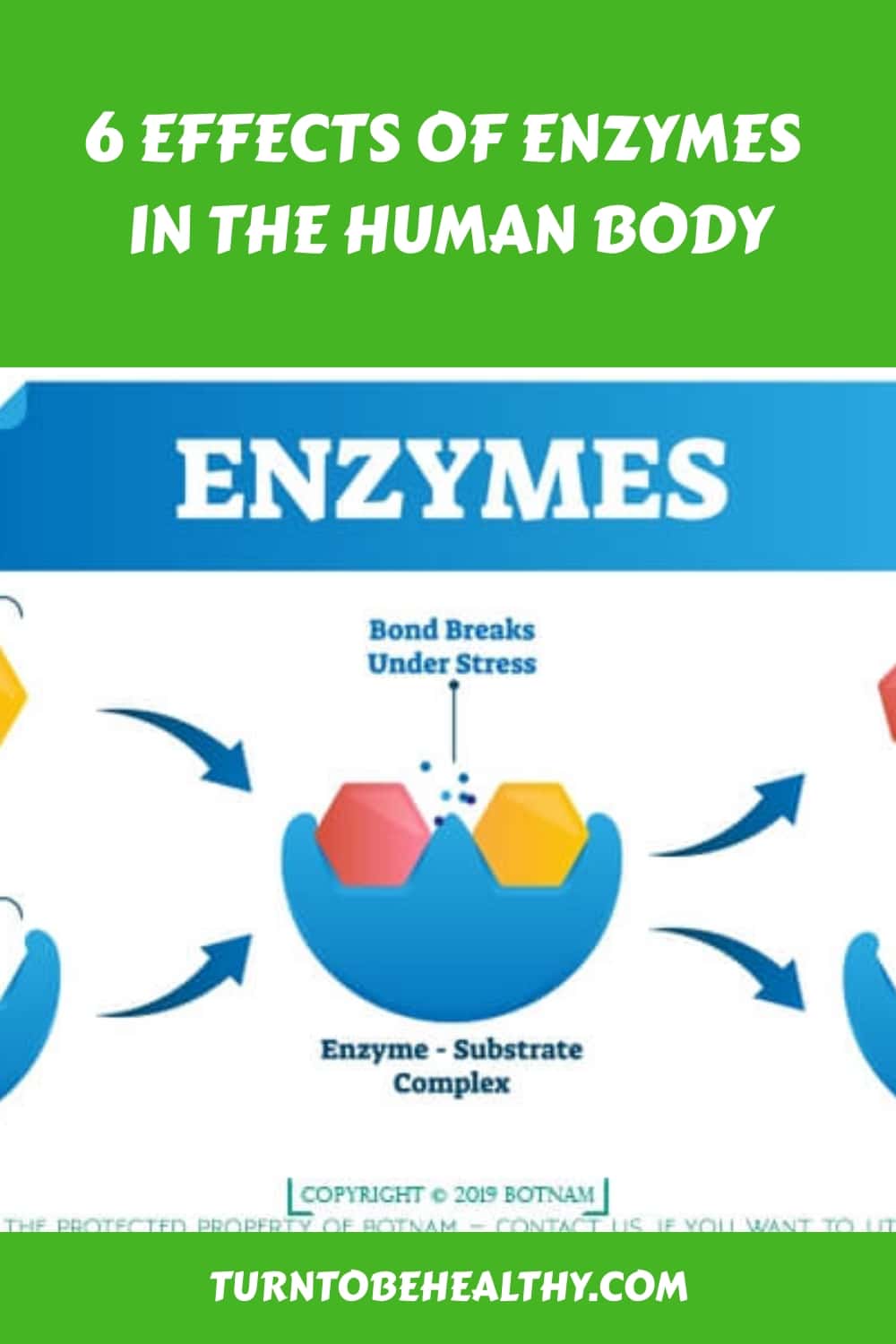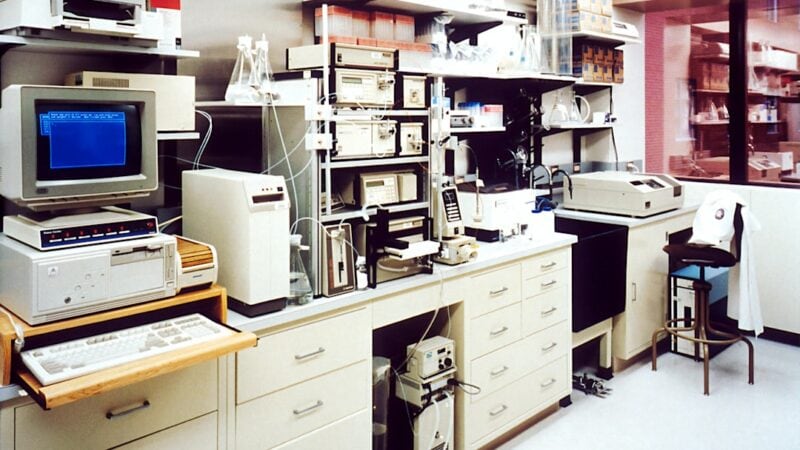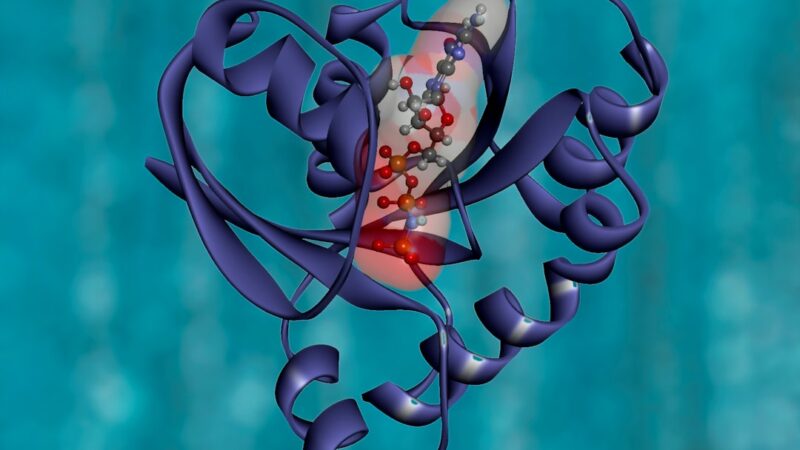6 Effects of Enzymes in the Human Body

Enzymes are active in the human body from birth to death. After the cell’s nutrition gradually dies, the enzyme loses its effectiveness. The organs that produce enzymes are digestive organs and internal organs.
Do you know when the body starts to produce enzymes? The answer is that they exist in the egg and sperm stages. It is also due to the activity of enzymes that can combine eggs and sperm. Enzymes must be used as a medium for cell division so that the eggs and sperm in the mother’s body can combine to produce new life. Enzymes are active in the human body from birth to death. After the nutrition of the cell gradually dies, the enzyme loses its effectiveness. The organs that produce enzymes are digestive organs and internal organs. The enzymes produced are mixed in the blood and directed to different working positions to perform their own work.
When we eat, saliva immediately produces an enzyme called sialidase, which breaks down the starch in rice into maltose. Second, when food enters the stomach, an enzyme called gastrin will immediately appear to break down proteins, such as meat, to some degree. Next is the small intestine, which contains enzymes that can break down proteins and fats, such as intestinal enzymes, amylase, lipase, etc. After these steps, the food is broken down into a form that is easily digestible and absorbable. These nutrients are converted into energy and materials that make up cells.
The above digestion process shows that the smooth functioning of enzymes can cause various functions of the human body to function normally. Without enzymes, the human body died instantly. That is why we believe that enzymes are the source of life.
Our lifestyle and eating habits are constantly changing. More and more foods are specially processed to extend the shelf life of foods. As a result, many of the digestive enzymes inherent in the food that help the body absorb nutrients are depleted in the process. In order to eat safer food, our bodies have to work harder to break down and digest food.
Enzymes can provide these important digestive enzymes and beneficial microorganisms for the body to recover, allowing you to fully absorb the nutrients from food and make up for the deficiencies of processed foods. The six functions of enzymes are as follows:
Table of Contents
Stay healthy
This function is to keep the blood weakly alkaline, maintain the balance of bacteria in the gut, strengthen the cells to aid digestion, and increase resistance to pathogenic bacteria.
Anti-inflammatory effect
It is also the regulating function of the internal environment. The so-called inflammation refers to inflammation caused by local cell damage and destruction. In fact, the enzyme has no curative power, but it can transport a large number of white blood cells, allowing the cells to heal wounds. Regardless of the disease, the most basic treatment method still depends on the body’s ability to repair itself. Even specific drugs and antibiotics can only destroy pathogenic bacteria.
Anti-bacterial effect
In addition to promoting the edible fungal action of white blood cells, the enzyme also has an antibacterial effect and can eliminate primitive bacteria. On the other hand, enzymes have the effect of promoting cell regeneration and being able to fundamentally treat diseases.
To break down
This is an important function of enzymes. Dissolve and remove the pus and dirt left in the affected area or in the blood vessels, and restore the body to a normal state. In addition, promoting the digestion and absorption of food is also one of the degradation effects.
Blood purification
Decompose and excrete waste products in the blood and viruses produced by inflammation. Plus, it can break down cholesterol, keep blood weakly alkaline, promote blood circulation, and treat hair loss, shoulder pain, and bruising at the same time.
Cell Activation
It has the function of promoting cellular metabolism and is part of the production of basic physical strength. In addition, it can also promote the regeneration of damaged cells.








